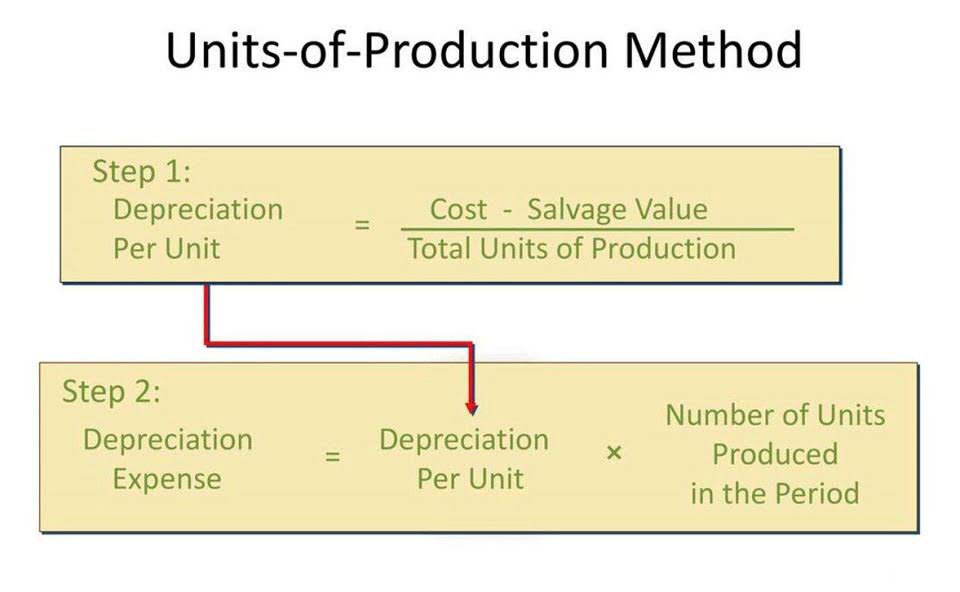Variance Analysis What it is, How to Calculate it & Examples
.jpeg)
However, according to your accounting team, actual sales for the period amounted to $8,000 for 160 units sold. It’s your first quarter in business as an online fitness instructor and you’d like to track your actual revenue against your forecasted revenue. You projected revenue of $30,000 for the quarter, and actual revenue is $42,000. However, when analysis includes multiple data points, such as prices, rates, quantities, or total variance, calculations become more complex. This formula helps organizations identify variations in productivity and pinpoint areas for improvement.
Real-time cash analysis & better liquidity management
It flags workforce productivity changes, guiding labor management for enhanced operational efficiency. AI streamlines your examination of cash flow by delving deeply into and analyzing a large volume of data from various sources, such as past cash flow information, market trends, and economic indicators, in real time. Therefore, it allows for an immediate understanding of discrepancies in cash flow. This can offer a more in-depth assessment of cash flow discrepancies, enabling the recognition of trends and patterns that may not be visible through manual review.
Population variance
- This test effectively measures how significant the interaction is between variables; they analyze the variance.
- Adding the budget variance and volume variance, we get a total unfavorable variance of $1,600.
- Variance is important because it helps us understand the variability within a dataset.
- An ANOVA test helps you compare these means statistically to determine whether the fertilizer made a difference in crop yield or whether the differences were likely due to chance.
Unlike a t-test, which only compares two groups, ANOVA can handle multiple groups in a single analysis, making it an essential tool for experiments with more than two categories. This formula aids in evaluating pricing strategies, market demand, and sales effectiveness. Let us discuss both of them through the advantages and disadvantages of variance analysis statistics below.
Adding the budget variance and volume variance, we get a total unfavorable variance of $1,600. Understanding how to analyze budget variances effectively is a crucial steppingstone in your FP&A career. Consistently applying these ten essential questions shifts your focus from merely identifying variances to telling the story behind them and guiding strategic decision-making. The 10-question framework presented below can help you move beyond basic calculations to deliver meaningful business insights. Whether you’re new to variance analysis or looking to sharpen your approach, this framework will help you ask smarter questions and uncover deeper insights. It’s important to note that doing the same thing with the standard deviation formulas doesn’t lead to completely unbiased estimates.
Discover Wealth Management Solutions Near You
That’s why having a robust cash forecasting system with AI at its core is essential for businesses to conduct automated variance analysis. HighRadius’ cash forecasting software enables more advanced and sophisticated variance analysis that helps you achieve up to 95% global cash flow forecast accuracy. Let’s say that your enterprise sells gadgets, and you’ve projected that you’ll sell $1 million worth of gadgets in the next quarter. However, at the end of the quarter, you find that you’ve only sold $800,000 worth of gadgets. By analyzing this variance, you can figure out what went wrong and take steps to improve your sales performance in the next quarter. Here, variance analysis becomes the vital tool that enables you to quickly identify such changes and adjust your strategies accordingly to manage your financial performance and optimize cash forecasting.
Although price variance is favorable, management may want to consider why the company needs more materials than the standard of 18,000 pieces. It may be due to the company acquiring defective materials or having problems/malfunctions with machinery. For example, if the actual cost is lower than the standard cost for raw materials, assuming the same volume of materials, it would lead to a favorable price variance (i.e., cost savings). However, if the standard quantity was 10,000 pieces of material and 15,000 pieces were required in production, this would be an unfavorable quantity variance because more materials were used than anticipated. A 2% variance in material costs is likely more important than an 8% variance in cell phone expenses, especially when material costs are a key driver of business performance. Focus on variances that impact strategic decisions or indicate potential problems.
.jpeg)
Variance is a measurement value used to find how the data is spread concerning the mean or the average value of the data set. It is used to find the distribution of data in the dataset and define how much the values differ from the mean. ANOVA is a foundational statistical technique that simplifies the comparison of multiple groups by examining their mean differences.
It is similar to the labor format because the variable overhead is applied based on labor hours in this example. This specific expense variance measures the difference between the actual variable overhead costs and budgeted variable overhead costs. It helps identify cost fluctuations, enabling cost control and improvements what is variance analysis to operational efficiency. Standard costing is setting an estimated (standard) cost on metrics such as input values, materials, cost of labor, and overhead based on industrial trends and historical data. Variance analysis focuses on analyzing and interpreting differences (variances) between actual costs and standard costs. Furthermore, our solution helps continuously improve the forecast by understanding the key drivers of variance.
CFI is on a mission to enable anyone to be a great financial analyst and have a great career path. In order to help you advance your career, CFI has compiled many resources to assist you along the path. Whether you’re new to FP&A or advancing your career, this program equips you to use KPIs, budgets, forecasts, and financial models to thrive in this in-demand role. Overlooking compounding effects that can turn small variances into major issues over time.
Or maybe there are some areas where you’re thriving with over-performance and making significant savings. ANOVA is used in finance in several different ways, such as to forecast the movements of security prices by first determining which factors influence stock fluctuations. Our mission is to empower readers with the most factual and reliable financial information possible to help them make informed decisions for their individual needs. At Finance Strategists, we partner with financial experts to ensure the accuracy of our financial content. Finance Strategists has an advertising relationship with some of the companies included on this website.
By the end of this blog, you will be able to understand variance analysis, its importance, and how to calculate it so you can leverage the cash properly and make strategic and informed business decisions. In cost accounting, a standard is a benchmark or a “norm” used in measuring performance. In many organizations, standards are set for both the cost and quantity of materials, labor, and overhead needed to produce goods or provide services.
Role of AI in Variance Analysis for Cash Forecasting
If you have uneven variances across samples, non-parametric tests are more appropriate. These tests require equal or similar variances, also called homogeneity of variance or homoscedasticity, when comparing different samples. For companies that have manufacture it is important to keep track of the production quantities and prices. Hidden causes of under-performance that are not identified can represent a risk.

.jpeg)
.jpg)
.jpg)




